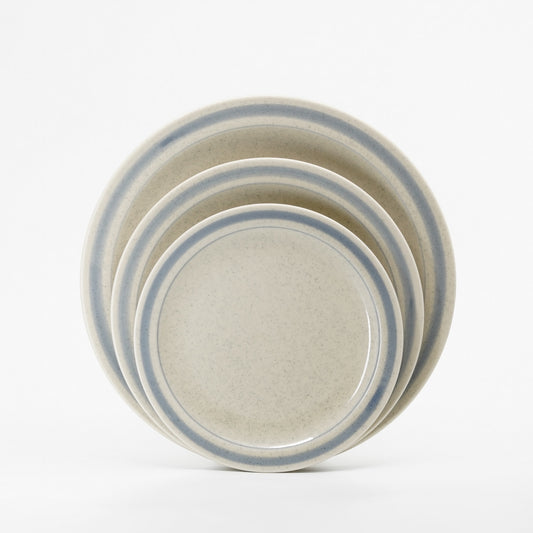This is the third installment in our series on how to make delicious coffee at home.
I think that coffee beans and water account for about 70% of the taste of coffee, but next I'll talk about the mill. The machine that turns coffee beans into powder is also called a mill or grinder. There are good and bad machines, but the key is when to grind them.
Don't take it easy, just keep it whole
When you buy coffee beans, you are asked whether you want whole beans or ground. Since you are going to make it into powder anyway, it is more convenient to have it ground at the store. (Grinding means turning beans into powder.) Moreover, the mills (more people may call them grinders) at the store are highly accurate, so the coffee is uniformly ground.
However, coffee tastes better if you grind the beans just before brewing it . There is no doubt about this. This is also related to the condition of the beans, as we explained in the first article.
This is because ground coffee beans come into contact with a lot of oxygen. When they are still beans, only the surface of the beans comes into contact with oxygen, but when they are ground, the entire bean begins to oxidize evenly. Therefore, the period during which the beans can be enjoyed is much shorter than when they are still beans.
The true identity of that bulge
If you've ever tried hand-dripping, you'll know that the beans start to puff up the moment you pour hot water over them. This is because the beans absorb the water and release the gases that were generated inside during roasting. However, as the days go by after roasting, the puffiness gets smaller and smaller. This is because the beans still release gas little by little.
When coffee beans are ground, the gas escapes all at once, no matter how freshly roasted the beans are. After 10 days, the beans will no longer expand.
However, the problem isn't the loss of gas, but the oxidation that makes the food taste bad.
Therefore, if possible, it is better to buy whole beans, which will extend the period during which you can enjoy the coffee deliciously.
How to choose a mill
Now, going back to the topic of mills, there are some cheap ones in the 3,000 yen range. However, I don't recommend the propeller type. These are the type that have 2 to 4 rotating teeth that crush the beans. The teeth are exposed like a juicer.
This will cause the beans to vary in size.
Because you end up with a mix of coarse and fine grinds, the extraction will not be uniform - some beans will be over-extracted and some will be under-extracted, resulting in a strange taste.
Generally speaking, the finer the beans, the more flavor they will have, but they will also have a strong off-flavor. The larger the beans are, the cleaner the flavor will be, but they may also leave a feeling of inadequacy. Getting the beans to be uniform is surprisingly important.
Even if you use the same amount of beans, the taste of the coffee will be completely different depending on the size of the particles. You can see this clearly when you compare the taste!
I change the size of the beans depending on the type and roast level, but the propeller type does not allow me to control the size. That said, the taste does not deteriorate as much as it would if it was stored in powder form for a long time. It improves considerably just by grinding it when brewing.
If you do buy a mill, I recommend a manual mill. Again, prices vary widely, but the popularity of coffee has led to a large number of different types. I think a manual mill that costs over 10,000 yen will suffice. However, it takes a while to grind the beans. If you really want to grind them quickly using an electric mill, I recommend choosing a conical cutter or flat cutter type , although they are a bit expensive. You can control the size of the grains well.
In summary, grind the beans into powder just before brewing.
If you are buying a mill, avoid the propeller type.
Beans, water, and a mill: these three things account for about 80% of making delicious coffee.






